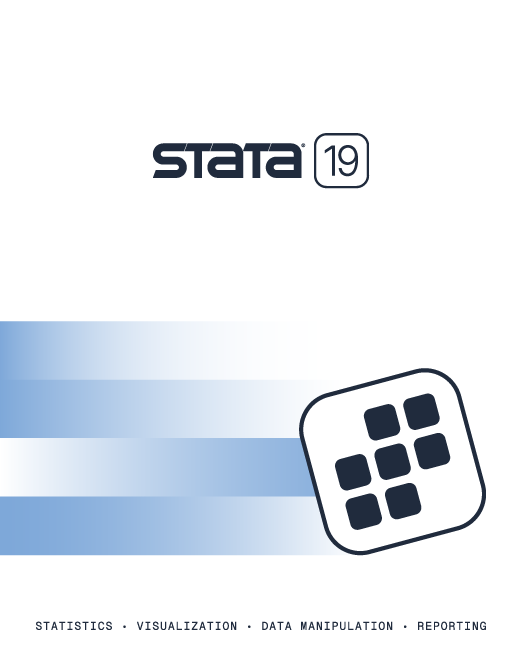

2025 Stata Conference • Nashville, TN • 31 July–01 August
| Duration: | 1 hour |
|---|---|
| Where: | Join us from anywhere! |
| Cost: | Free—but registrations are limited |
Observational data often come with challenges that the data analyst needs to address. Treatment status or the exposure of interest may not be assigned randomly. Data are sometimes missing not at random (MNAR), which can lead to sample-selection bias. And statistical models for these data often need to account for unobserved confounding.
We show you how you can use standard maximum-likelihood estimation to fit extended regression models (ERMs) that deal with all of these common issues. We will work examples that demonstrate how to account for these observational data problems when they arise individually and when they occur simultaneously.
The webinar is free, but you must register to attend. Registrations are limited so register soon.
We will send you an email prior to the start with instructions on how to access the webinar.

Chuck Huber is Director of Statistical Outreach at StataCorp LLC and Adjunct Associate Professor of Biostatistics at the Texas A&M School of Public Health and at the New York University School of Global Public Health. In addition to working with Stata's team of software developers, he produces instructional videos for the Stata YouTube channel, writes blog entries, develops online NetCourses, and gives talks about Stata at conferences and universities. Most of his current work is focused on statistical methods used by behavioral and health scientists. He has published in the areas of neurology, human and animal genetics, alcohol and drug abuse prevention, nutrition, and birth defects. Dr. Huber currently teaches survey sampling at NYU and introductory biostatistics at Texas A&M, where he previously taught categorical data analysis, survey data analysis, and statistical genetics.
Learn
Free webinars
NetCourses
Classroom and web training
Organizational training
Video tutorials
Third-party courses
Web resources
Teaching with Stata
© Copyright 1996–2025 StataCorp LLC. All rights reserved.
×
We use cookies to ensure that we give you the best experience on our website—to enhance site navigation, to analyze usage, and to assist in our marketing efforts. By continuing to use our site, you consent to the storing of cookies on your device and agree to delivery of content, including web fonts and JavaScript, from third party web services.
Cookie Settings
Last updated: 16 November 2022
StataCorp LLC (StataCorp) strives to provide our users with exceptional products and services. To do so, we must collect personal information from you. This information is necessary to conduct business with our existing and potential customers. We collect and use this information only where we may legally do so. This policy explains what personal information we collect, how we use it, and what rights you have to that information.
These cookies are essential for our website to function and do not store any personally identifiable information. These cookies cannot be disabled.
This website uses cookies to provide you with a better user experience. A cookie is a small piece of data our website stores on a site visitor's hard drive and accesses each time you visit so we can improve your access to our site, better understand how you use our site, and serve you content that may be of interest to you. For instance, we store a cookie when you log in to our shopping cart so that we can maintain your shopping cart should you not complete checkout. These cookies do not directly store your personal information, but they do support the ability to uniquely identify your internet browser and device.
Please note: Clearing your browser cookies at any time will undo preferences saved here. The option selected here will apply only to the device you are currently using.